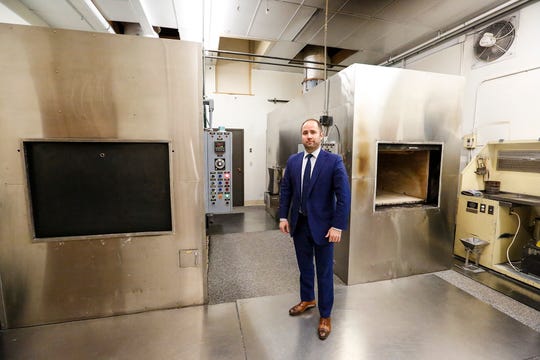Cremation is Not A Better Alternative for the Environment
 |
| Many people believe that cremation is a better alternative for the Earth than internment in concrete |
Over the past four years, cremations have surpassed burials as the most popular end-of-life option in the United States, according to the National Funeral Directors Association. At the same time, companies have been springing up touting creative things you can do with a loved one’s ashes, such as pressing them into a vinyl record, using them to create a marine reef, or having them compressed into diamonds.
Cremation—along with these creative ways to honor the dead—is often marketed as a more environmentally friendly option than traditional embalmment and casket burial. Concern for the environment, in addition to economic considerations, may be driving some of the increase in popularity.
“[For] some people, I bet that’s part of it,” says Nora Menkin, executive director of the Seattle-based People’s Memorial Association, which helps people choose end-of-life options.
But while it’s true that cremation is less harmful than pumping a body full of formaldehyde and burying it on top of concrete, there are still environmental effects to consider. Cremation requires a lot of fuel, and it results in millions of tons of carbon dioxide emissions per year—enough that some environmentalists are trying to rethink the process.
The average U.S. cremation, for instance, “takes up about the same amount of energy and has the same emissions as about two tanks of gas in an average car,” Menkin says. “So, it’s nothing.”
Greener funeral pyres
The particular impact of an individual cremation depends on where and how it’s performed. In India, Hindus have a long tradition of cremating relatives on an open-air pyre. This requires cutting down millions of trees, and the practice contributes to air and river pollution since most pyre cremations occur near water.
Comments